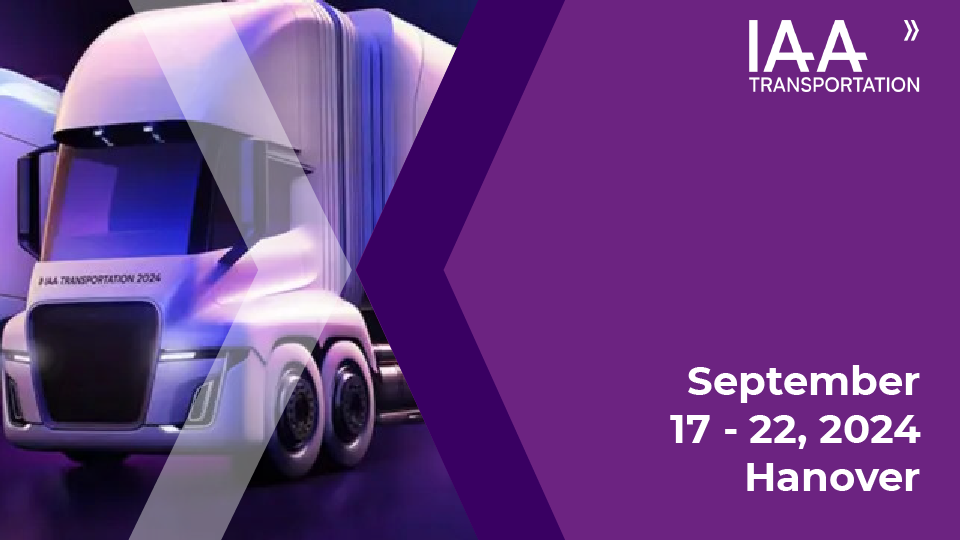What is food cryogenics?
Cryogenics is a branch of technology concerned with the study, production and use of very low temperatures; food cryogenics is the food preservation technique that involves the use of extremely low temperatures, typically in the range of -80°C to -196°C that exploits the use of cryogenic gases, such as liquid nitrogen or solid carbon dioxide (dry ice), to achieve these temperatures.
The main objectives of food cryogenics are the long-term preservation of food products and the maintenance of their organoleptic characteristics, such as flavor, texture and nutritional value.
This approach is especially useful for perishable foods, such as meat, fish, dairy products, and frozen products.

What is refrigerated transport? And what role does liquid nitrogen play in this process?
Refrigerated transport refers to the movement of perishable or temperature-sensitive goods under controlled conditions by means of vehicles equipped with systems to maintain specific temperatures.
Precisely for the reasons mentioned above, when using cryogenics for food preservation, liquid nitrogen plays a crucial role in the process: cooling, temperature control, preservation, and reduced energy use are just some of the many benefits of its use in the refrigerated transport sector. Let’s look at them in detail:
- Extreme Cooling: Liquid nitrogen is capable of reaching extremely low temperatures, around -196 degrees Celsius. This extreme temperature is essential to keep perishable products at ideal conditions during transport.
- Precise Temperature Control: The use of liquid nitrogen enables precise control of temperatures inside refrigerated vehicles. This is essential to ensure that products are maintained at specific temperatures throughout the transportation route.
- Storage of Sensitive Products: Products such as meat, fish, drugs and chemicals can degrade rapidly at normal temperatures. Liquid nitrogen allows constant temperatures to be maintained at extremely low levels, significantly slowing down deterioration processes.
- Reducing Energy Use: Liquid nitrogen can contribute to more efficient energy management in refrigeration systems, reducing waste and optimizing energy consumption.

In conclusion, cryogenics represents a step forward in the refrigerated transport industry, opening the door to more advanced and sustainable food preservation.
Its ability to maintain extremely low temperatures, through the use of cryogenic gases such as liquid nitrogen, results in greatly improved food quality and safety throughout the supply chain.
In this context, cutting-edge companies such as Cryotrucks play an essential role in the evolution of the industry. We not only manufacture high-quality liquid nitrogen tanks but also offer our own cryo-kit (consisting of tank, control unit and vaporizer) that can be installed in any new refrigerated trailer or as a replacement system for a diesel-powered one.
This integrated approach ensures that cryogenics can play its role optimally, guaranteeing the freshness and quality of products during each stage of the journey.
Cryotrucks’ commitment to research and development, combined with the provision of complete refrigerated transport solutions, testifies to a vision of a future in which food preservation is not only an operational necessity but also a pillar for a sustainable, state-of-the-art approach.

